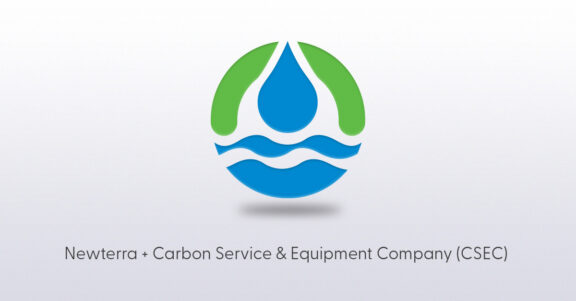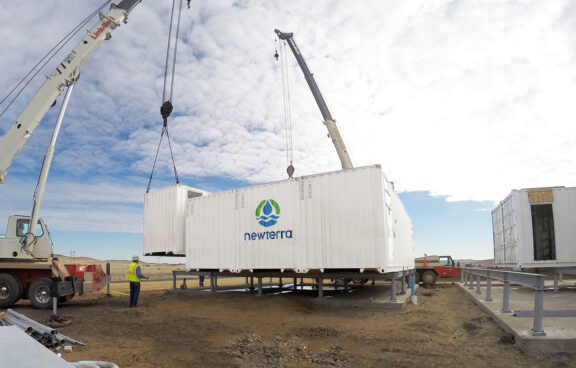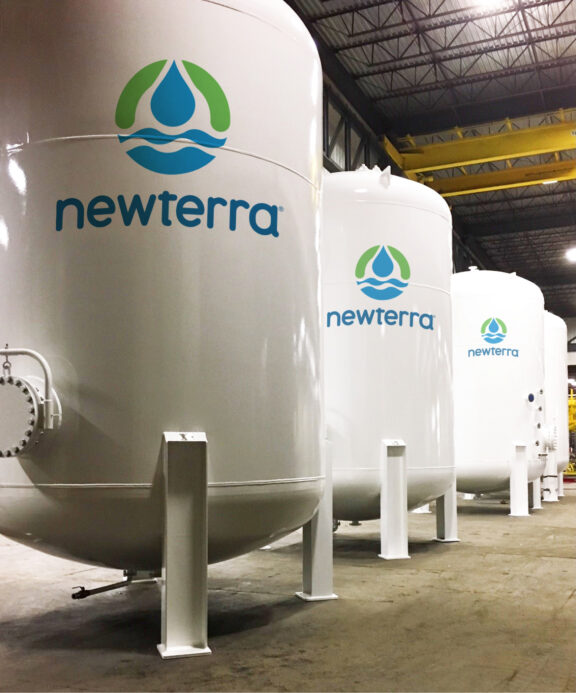For most businesses, managing stormwater falls well outside their area of expertise. Keeping up with changing rules and regulations can be overwhelming, not to mention the challenge of taking samples, testing for contaminants, and determining whether one is in or out of compliance.
Thankfully, it is possible for businesses to manage stormwater without becoming industry experts. This article will break down the process of managing stormwater to help businesses know where to start, what rules matter most, and where to turn when things seem like they are getting out of hand.
How Regulations Have Changed
In 2021, the U.S. EPA updated requirements for the multi-sector general permit (MSGP). The changes were extensive, including updates to aluminum, copper, and selenium benchmarks, as well as new requirements for some facilities to monitor polycyclic aromatic hydrocarbons (PAHs). Businesses should check with the EPA or their state regulator to determine which benchmarks apply to them.
Among the more significant changes is an effort to streamline online reporting of water quality and stormwater contamination, as well as requirements that businesses post their stormwater pollution prevention plan (SWPPP) online. With this data publicly available, state or local officials, as well as non-government organizations (NGOs), can monitor regions, industries, or individual businesses to determine who is in compliance and demand corrective action.
In other words, the risk of organized public scrutiny has increased significantly.
3 Levels of Stormwater Management
To reduce the risk of a lawsuit or regulatory intervention, businesses can begin with simple best management practices (BMPs) and build up efforts based on results. The first step to managing stormwater pollution is to know what is required for one’s specific business. For example, those who process wood products will test for copper, while agricultural and food processing industries will need to be mindful of biochemical oxygen demand (BOD).
From there, businesses should work through one or more of the three levels of control to achieve and maintain compliance.
Level 1: Source controls. This refers to BMPs designed to prevent stormwater from coming in contact with pollutants. For example, a metalworking site might place a tarp over scraps left in the yard to direct rainfall away from contact. It may also include regularly cleaning out drain lines or wiping down asphalt when a storm is imminent. For some businesses, these simple measures can be enough to manage target contaminants and stay within compliance.
Level 2: Structural controls. When source controls are not enough, businesses may need to erect physical barriers between stormwater and pollutants. This can include structures or sealed storage containers to store equipment, materials, or vehicles. If soil erosion is a contributing factor in stormwater pollution levels, businesses can respond by planting grass or other vegetation or paving dirt roads.
Level 3: Treatment controls. In severe cases, a treatment solution may be necessary. Broadly speaking, treatment controls can be broken down into two categories: passive and active treatment.

Figure 1. Gravity separators can be used to remove oil, grit, and other contaminants from stormwater. These passive treatment solutions need minimal operator intervention and do not require special training to use.
Passive treatment does not require constant operator intervention during the treatment process. This includes gravity separators (Figure 1), sand filters, sorptive media filters, or UV disinfection. These can be used to minimize low total suspended solids (TSS), nitrates, phosphates, and organic toxins such as polychlorinated biphenyls (PCBs) and per- and polyfluorinated substances (PFAS).
Active treatment is more complex and can require specialized skills to operate. Technologies in this category include coagulation and flocculation tanks, pH adjustment, and chemical oxidation. These are commonly used for pollutants with high acidity or alkalinity, complexed or colloidal metals, or high levels of TSS or to adjust BOD.
Getting Help with Stormwater Management
Believe it or not, regulators understand how challenging these requirements can be. Most agencies are not expecting businesses to get immediately into compliance and stay there forever; they want to see that an effort is being made to keep stormwater pollution under control.
But if those efforts are failing to produce results over time, it may be necessary to get the help of a consultant or other third-party specialist. The ideal partner should take enough of the burden so that the company can focus on its core business operations. For example, ask if an expert will be available to come to the facility in person as needed. Also, make sure the partner is willing to work within a specified budget or identify a potential budget for the project.
Stormwater management does not have to be an overwhelming challenge. Businesses can start with simple BMPs for source control and move on to structural controls and treatment controls only as needed. This, plus working with a trusted partner, can ensure that businesses stay focused on their core operations while also staying in compliance with stormwater regulations.

Ted Lathrop serves as a product manager at Newterra, an environmental, water and wastewater treatment company. He is responsible for developing and managing the go-to-market strategies for the stormwater treatment systems and has spent five years with Newterra. Ted holds a Bachelor of Science degree in Civil Engineering from Gonzaga University and is a Professional Water Resources Engineer in Oregon and Washington.


